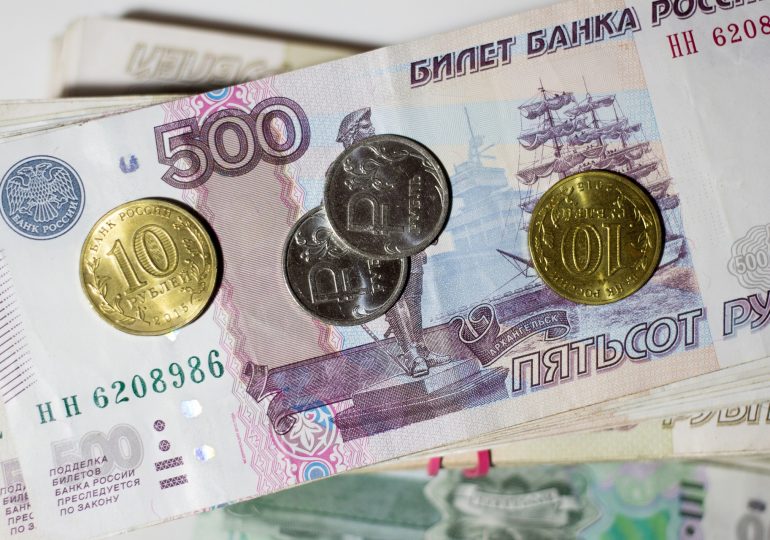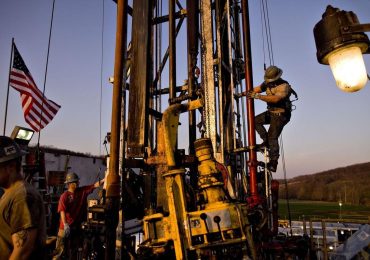The market volatility teaches investment literacy
The financial crisis is a normal and beneficial phenomenon. Over the past almost 20 years, the world has experienced at least one of them. It began in the USA in 2008, and its echoes are felt to this day. Local collapses also occurred, which, nevertheless, influenced other states. For example, the 1998 crisis launched in Asia hit Russia hard. Of the latter, the currency crisis in the Russian Federation in 2014–2015, when the ruble weakened significantly against other currencies, not least because of the dependence of the state’s economy on oil prices. He touched on the situation of both the Russian Federation and the countries associated with it by trade ties.
Market instability is not a reason for panic, but a necessary event for the sobering brain. In the conditions of a descending economy, it is important to act correctly and predict your investment activity, choosing efficient objects for investment. Especially, given the estimates of experts, according to which the next decline in world finance can happen over a period of 2 to 4 years.
Why the crisis is good?
From the point of view of the state, of course, there is little positive. However, during turbulence, the authorities may identify the subsiding zones, determine where it made mistakes, try to correct them and not repeat them in the future.
For private investors and the market as a whole, the crisis brings cleansing. Inefficient players are leaving, unnecessary areas are eliminated, in the end, everyone gains invaluable experience. For example, now seasoned players notice that the US economy is showing signs of a possible weakening. We are talking about a change in interest rate inversion, where recently there is a situation where the yield on long bonds has low indicators in comparison with short ones.
It is assumed that in the next year or two, America’s economy will shrink. A recession in the States will accurately affect the position of other countries’ markets.
The main rules for investing in market volatility
For a start, it is important to say that newcomers in the field have nothing to do. If someone thinks that you can buy an asset and calmly wait for profit, it does not happen.
Investment activity involves a full loading in the events and analysis of all available information. With the swoop to become rich will not work.

Doing prediction is also not worth it. Experience shows that it is extremely difficult, almost impossible to predict a rise or fall in the price of paper.
Do not be afraid to remove unnecessary assets from the investment portfolio, keeping in mind its historical value. If you see that it has dropped in price, do not expect it to return to the level at the time of purchase. The value of the asset dictates the cash flow of the issuer, not the time of the transaction. Also, if it is obvious that the object has no prospects, it is better to sell it and get a short-term loss, and not a financial hole in the future.
Maximize your diversification and balance your portfolio. It must include non-correlating assets. They can be divided into classes, countries, and the urgency of investing.
Finally: the instability of the market – the best reason to invest in yourself.
Profile education, specialized courses or even sports have weight in the long term.









